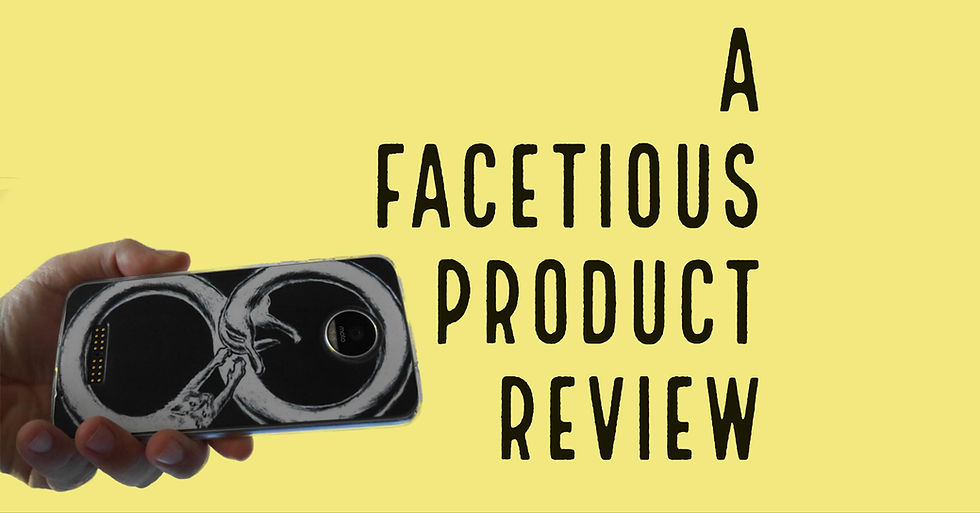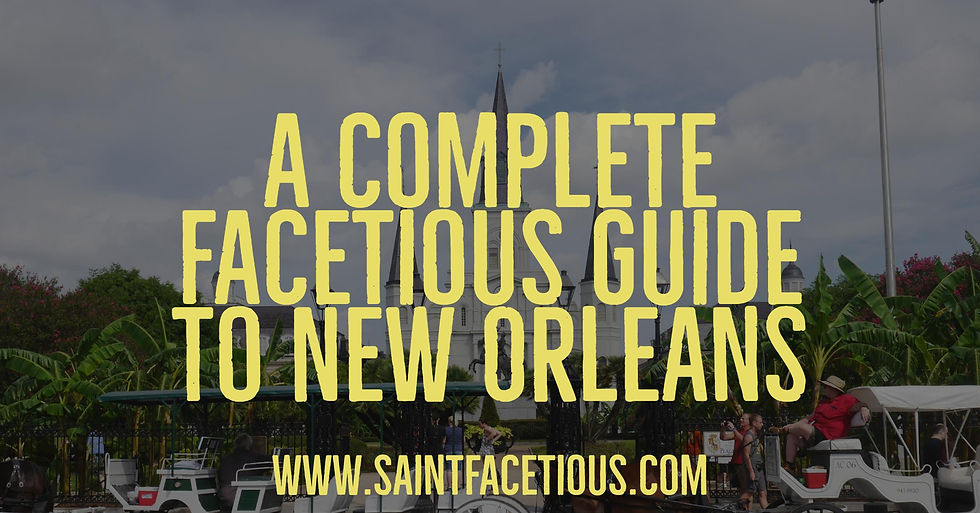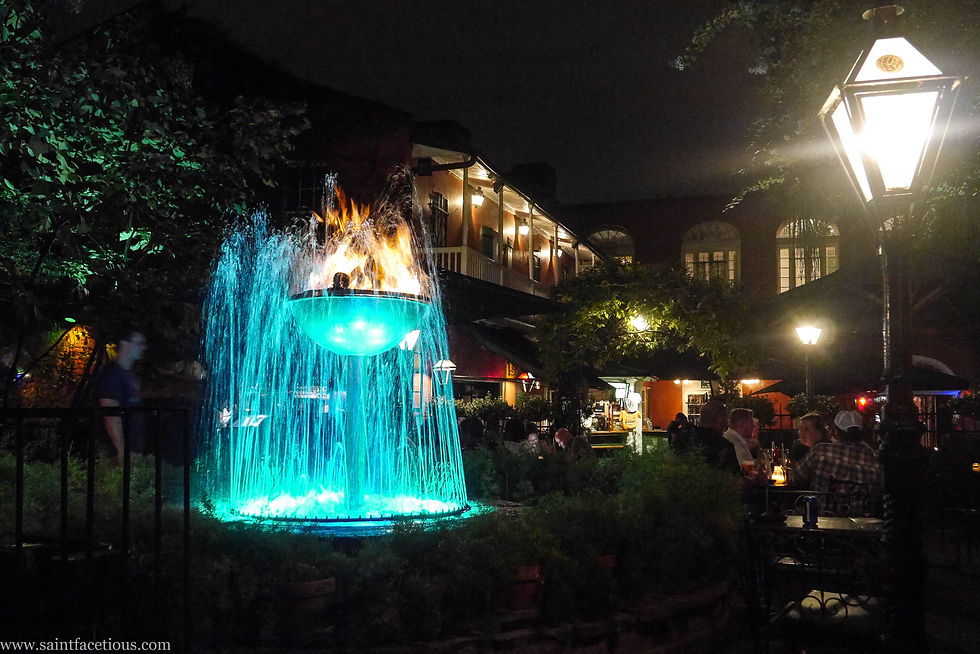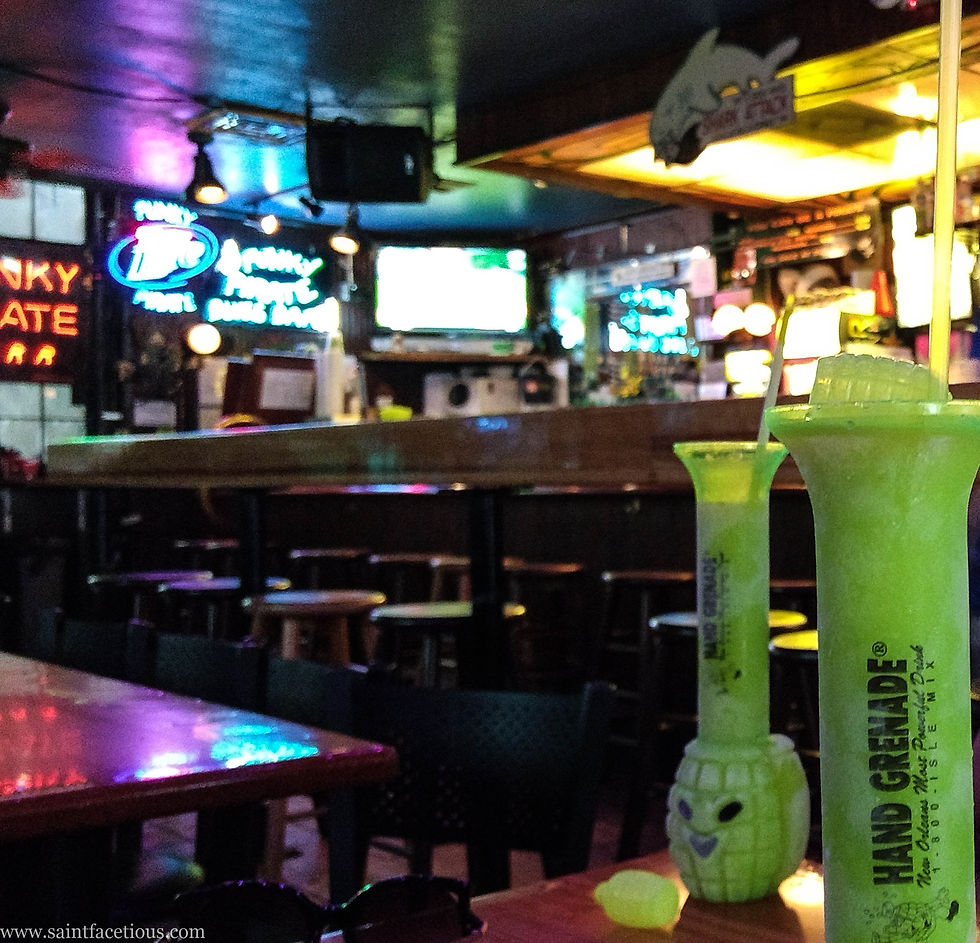Our journey went from our week on the Florida beach to the Castles of the US, and then onward to Louisiana where we got to visit my extended family. They’re all centered in Lafayette, the capital of Cajun culture in South Louisiana.
As far as tourism goes, there’s probably not much to see in Lafayette, though it is a beautiful city in and of itself, filled with scenic bayous and low lying homes that blend in with the swamps, it's a bit sprawling and somewhat converted by the main brunt of pop-American Walmart culture. With the exception of the local university, complete with its on-campus gator-filled swamp, and its annual jazz festival, which is easily one of the best in the world. There are also a great deal of swamp tours around Lake Martin, of which I'll talk about in a few weeks.
The gator-stocked swamp on the University of Lafayette campus is probably the most unique thing, and the easiest way to spot a gator. During some festivals, students even have canoe racing across the swamp, which probably helps the school's average GPA.
An unusual warning in the middle of the University of Lafayette
But first, a history of Louisiana and what is the difference between Creoles and Cajuns, something every visitor will wonder as they see these ubiquitous phrases.
The Cajuns got that name from a series of accents that got harder and harder for Americans and Frenchmen alike to pronounce. Originally, they were Acadians, but the name devolved to Cajuns, pronouncing from Akadianne, to Akadien, to Akadjien, to 'Kadjien to 'Kadjun. This is why those everyone calls themselves Cajuns, they also call Cajun country "Acadiana".
the middle of the UL campus but a common scene for Cajuns
The Acadians were from France, fleeing religious persecution during the Wars of Religion. They landed over in Acadia, Quebec, then a French colony somehow open to non-Catholics (granted, along all their travels, they apparently got tired of persecution and became Catholic along the way). The English though took it over, and as they were pissed off that the French there continually sided with the French crown in everything, like in the French and Indian War (7 Years War, for Europeans), they decided to just get rid of them all. So they ethnically cleansed Acadia, killing and driving away everyone who was French and/or native there, and renaming the land Nova Scotia and New Brunswick.
a typical oak with its branches spreading like roots
If you were Acadian, a few things might have happened to you. You were brought to a different part of the colonies, where you were forced into slavery for a set number of years (called indentured servitude, where the set number of years was usually, but not limited to, 7, and you generally were treated better than a black slave, but not by any large measure). You might have had worse luck and been sent to the Caribbean, or if you were somehow truly blessed by God, you might have just gotten deported back to France.
giant snapping turtles relaxing in the UL lake
Once in France, you didn’t know what to do since your family hadn’t lived there for a couple hundred years. That’s when you’d answer the weird Spanish guy at the tavern, because boy has he a deal for you. Why not serve the Spanish crown and settle in Louisiana? You see, Louisiana had just been recently acquired, and it was filled with French speakers, and they needed a larger population to fend off the savages and the English (often confused with one another). So they packed up and hit the bayou. They weren’t the landed class of French that were already there, but rather made a kind of subgroup, as they bred with the Indians and freedmen, though remained white to varying degrees of color and greasy hair. For those who were more black, skip down to the Creole section.
a gator waiting for drunk college students
Cajun culture is centered around Lafayette, which is about a two hour drive from New Orleans, across a vast and awesome swamp. They were generally not the caste of plantation owners, as those folk were usually the pure white folk who descended from the original French colonists of the area. Because they weren’t pure white and could barely speak English, they were often known, especially in the military, as “coonasses”, which is the probably not PC way to refer to someone as "the ass of a black guy". The Cajuns were usually hunters, trappers, fishermen, and accordion players. So maybe I picked up playing the accordion because it’s in my blood.
Cajuns today don’t speak much Cajun French though and have largely assimilated with the standard white Louisiana culture, which has largely assimilated with the modern American white culture. The culture is in its death throes, identified only by a vague lingering interest in their zydeco music, hot spicy food, and their overuse of the fluer-des-lis.
The other half of Louisiana is defined as the Creole, which is to say the mixed ancestors of African slaves, Native Americans, Cajuns, and the bastard children of the high Frenchmen of the plantations. Creole culture truly swelled just after the Civil War, when all the black slaves high tailed off the plantations and headed for New Orleans. For quite obvious reasons, they weren’t much interested in anything that had to do with farming, so some picked up other trades, while others became artists and musicians. Many Africans were trained as musical entertainers of their former masters and played the white-folk music popular at the time, like Bartak and Beethoven. But many just had music in their blood, as the only way of release from the harshness of laboring 16 hours a day. They would sometimes gather and praise the Lord in the only way they knew, with tribal beats.
New Orleans is the crown jewel of Creole culture
Mix that Bartak and later Debussy with African tribalism and you’ve got some real magic. You’ve got jazz. New Orleans was one of the only cities with large populations of blacks to survive the Civil War (Atlanta was nearly erased from the map by Sherman), and served as a real capital for black freedmen. Teaming with this mixture, just overflowing, and in a couple of generations, you had a real lineup of genius musicians born. Where once white people had shunned and outlawed “race music”, after Louis Armstrong and his folk hit the scene, whites were thirsting for it.
a street band playing some hot jazz
But not only jazz came from New Orleans. Following the gambling boats up the Mississippi, wherever blacks went, they brought their rhythm, and blues was born too (and rhythm and blues, which is the record company way of saying "race music"), and in the swamps with the Cajuns, there came zydeco. New Orleans was and is truly the soul capital of America.
French was the mainstay language for several hundred years, whether it was from the original French colonists, the Cajuns, and also the Creoles. It’s only been in the past fifty years that English has taken over. There was a pretty steady cultural cleansing from the 30s, destroying the non-English culture and bringing it into the mainstream. I’ve great grandparents that never spoke a word of English, but then my dad’s generation doesn’t speak a word of French, nor do any of my cousins. There are still some bayou folk that speak Cajun French, but it’s largely dead as a language, and will be dead as a culture in a generation or two. There are some movements to revive the language and culture, but that’s mainly limited to the aforementioned whacky accordionists and musicians like Lee Benoit and the recently passed Buckwheat Zydeco.
Now the language is mostly on display as catch phrases, like "Laissez les bons temps roulez" or the Saint's football slogan of "who dat".
walking down Bourbon Street in New Orleans
Creole food then is different than Cajun food. Where Cajun is French-based, with rich sauces and sautés, Creole is more red beans and rice and soul. You can find some good Cajun food in New Orleans, like at Mulate's, but it’s not a common thing. For the most part, you’ll get the not-as-spicy Creole. But also, in most touristic districts, they tone down the spice all around because tourists really can’t handle that crazy hot bayou food.
best place in NOLA for Cajun food
Creole food, as my Cajun cousin tried to explain to me, is a lot more tomato-based. Red beans and rice is the main dish, along with fried catfish, fried okra, and fried whatever else you can think of. There’s no overly clear line between the two, as there’s a huge overlap in Cajun and Creole cultures.
my uncle's gator sauce piquant
My favorite Cajun dishes are crawfish ettoufee, gumbo, boudin, and gator sauce piquant. Crawfish ettoufee and gumbo both come down to a brown roux, which is basically a braised flower. The roux in ettoufee is baked into a sauce—the Creole variant adds tomato—and gumbo is made into a soup, mixed with okra, andouille sausage, and whatever’s in the fridge. Boudin is a super spicy mystery meat mix stuffed in some pig intestine. And is pure awesome. Sauce piquant can be made with any meat, but is best served with the slightly chewy gator. As the name implies, it’s also properly spicy as all heck.
my all time favorite Cajun food: boudin
As you see, Louisiana is a real jambalaya of culture. And anyone wanting the complete tour of it, should get out of New Orleans and also witness Lafayette and the other villages, like New Iberia or Breaux Bridge. As Lafayette is certainly an Americanized city, the University of Lafayette campus is at least something to see, as are the restaurants Blue Dog and Ruffino's. At Randol's, you might even be lucky enough to witness some proper zydeco played by one of the last of the breed, Lee Benoit.


































